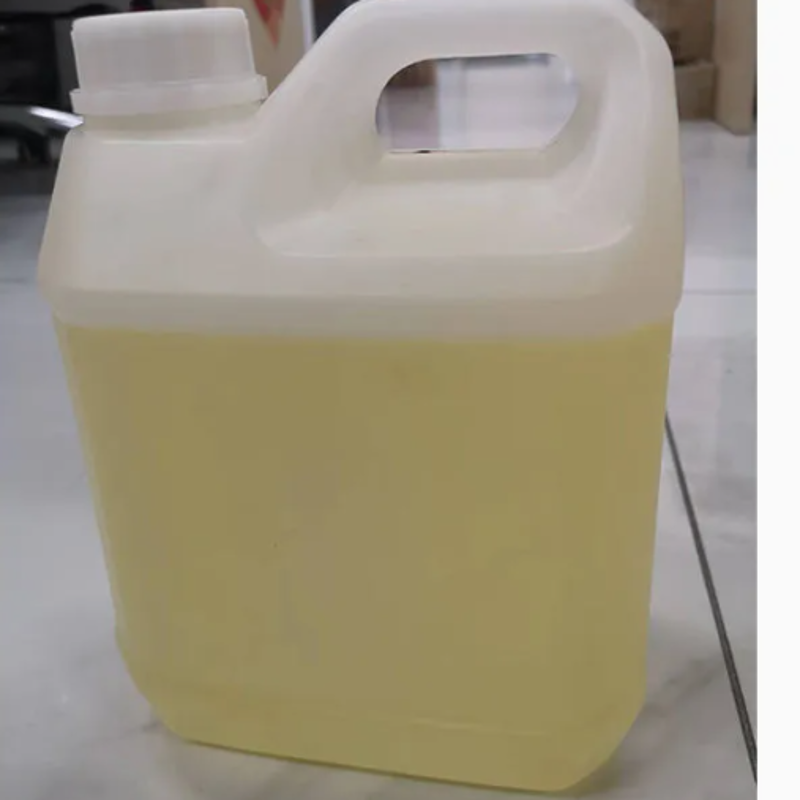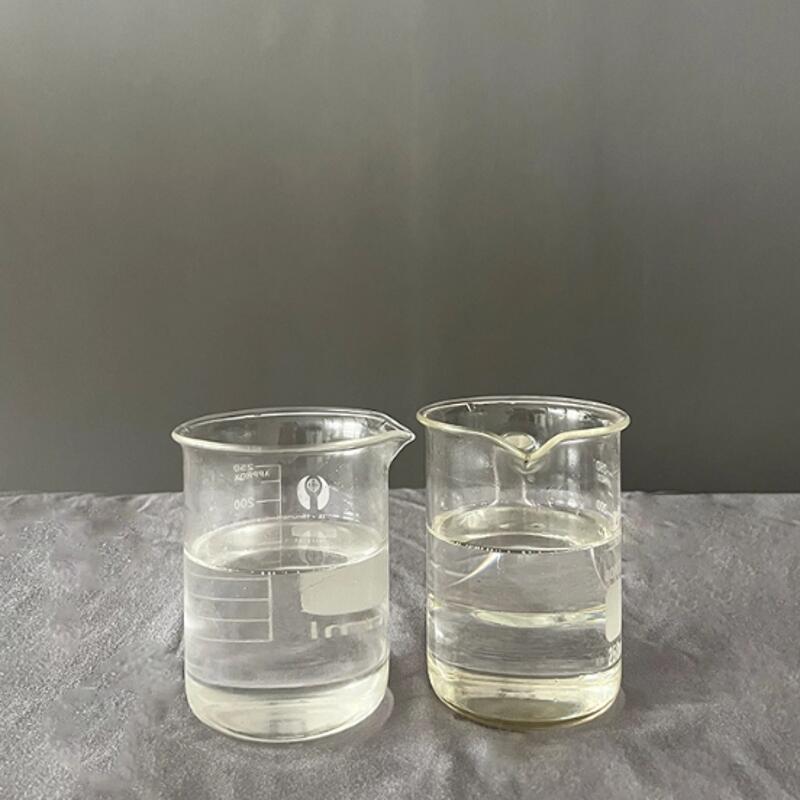-
Categories
-
Pharmaceutical Intermediates
-
Active Pharmaceutical Ingredients
-
Food Additives
- Industrial Coatings
- Agrochemicals
- Dyes and Pigments
- Surfactant
- Flavors and Fragrances
- Chemical Reagents
- Catalyst and Auxiliary
- Natural Products
- Inorganic Chemistry
-
Organic Chemistry
-
Biochemical Engineering
- Analytical Chemistry
-
Cosmetic Ingredient
- Water Treatment Chemical
-
Pharmaceutical Intermediates
Promotion
ECHEMI Mall
Wholesale
Weekly Price
Exhibition
News
-
Trade Service
Inductive proximity sensors are widely used in automation systems for non-contact detection of metal objects
.
Typically, they consist of a coil, circuit board, and plug encapsulated in a metal cylinder
.
However, the structure of the sensor and the rigid geometry of the housing limit its range of applications
.
Fraunhofer IPA, in collaboration with Arburg and the automation company Balluff, has developed a technology, held in place by a polymer with dielectric properties and Arburg's freeformer 3D printing system, capable of producing sensors of any shape
.
The application of robot gripper is realized, which was not possible before
.
The sensor housing requires a plastic with high dielectric strength and flame-retardant properties, the Fraunhofer IPA researchers explain
.
Semi-crystalline PBT, as the standard injection molding material for electronic housings, meets these requirements
.
However, this material has never been used in 3D printing applications
.
Compared to other additive manufacturing platforms, Freeformer's open system technology is compatible with a range of materials, including producing plastics
.
PBT pellets are fed into the freeformer, which uses a material preparation unit with a special plasticizing screw
.
In the moldless process, tiny droplets of plastic are precisely positioned layer by layer with the help of a movable component carrier, including the cavities of electronic components
.
Freeformers automatically pause machining at each layer to integrate coils, boards, and plugs
.
In a separate process, a distributor lays the silver conductor tracks inside the housing
.
To complete the process, Fraunhofer IPA explains, the cavities are overprinted and infused with polyurethane
.
A total of more than 30 demo models of custom sensors were fabricated
.
Fraunhofer IPA says tests have shown that the PBT-based sensor can withstand temperature changes and vibrations, is waterproof, and provides adequate electrical insulation
.
Following the success of an 18-month project to integrate electronic functions for 3D printed components, Fraunhofer IPA and Arburg are continuing to investigate the use of conductive plastics in other fields of application
.







